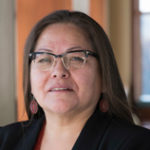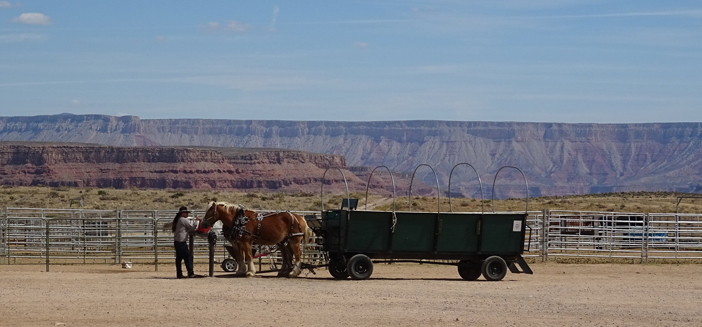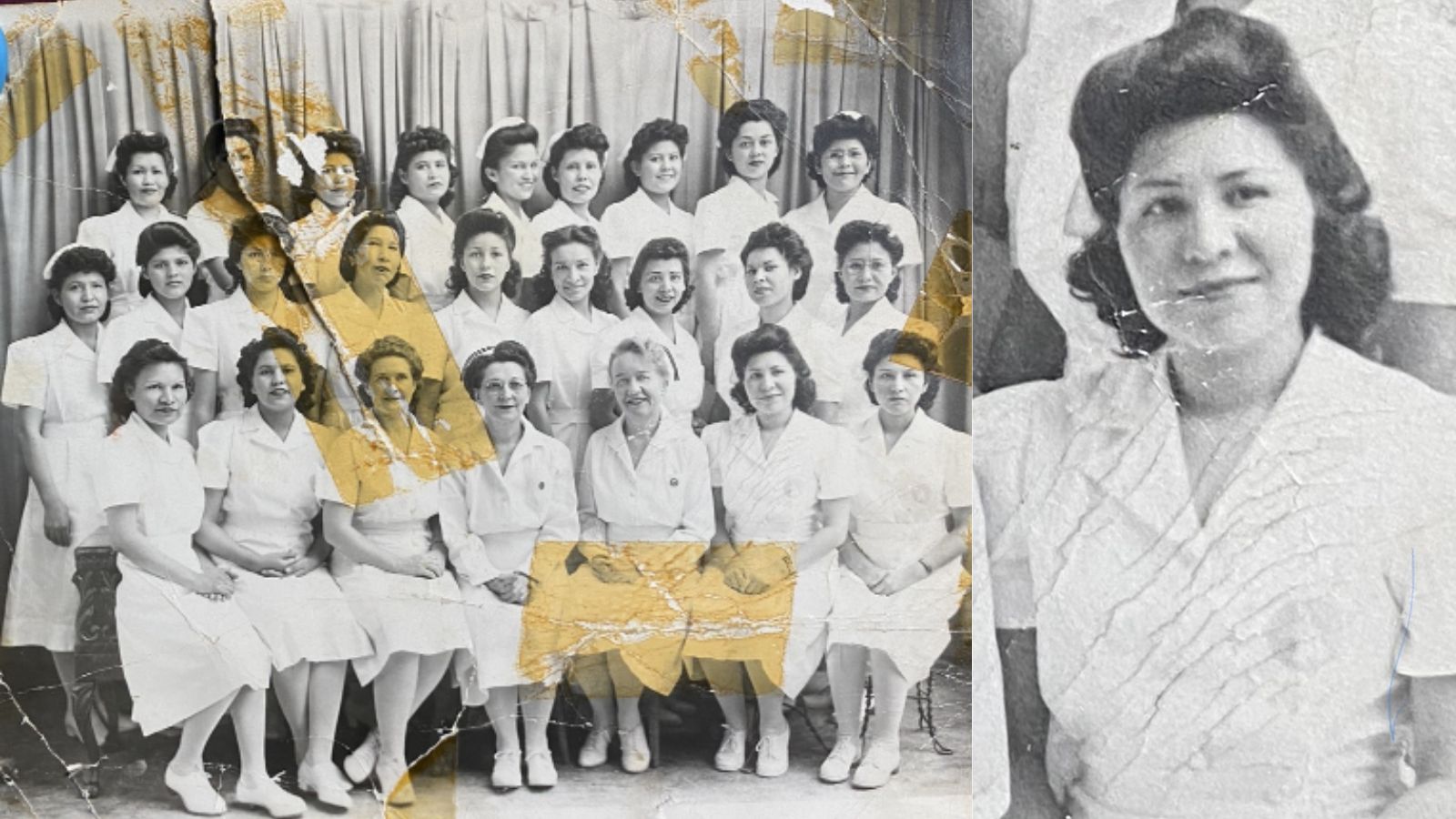Health Equity Blog
By Teresa Brockie and Stephane Shepherd
In 1851, Congress passed the Indian Appropriations Act that called for “Indians’ concentration, their domestication, and their incorporation.” Using coercion and military force (1851-1880), 106 treaties were signed to establish reservations. A treaty is considered to be “the supreme law of the land.” These “contracts among nations” recognized and established unique sets of rights, benefits, and conditions for tribes who ceded millions of acres of land and its accompanying and unending resources. Consequences of the Indian Appropriations Act included residential segregation, concentrated and persistent poverty, and under-resourced health, educational, and law enforcement systems. Since Congress passed this act 166 years ago, a further 461 tribes have been “recognized” for a total of 567 tribes. Understanding upstream determinants of health like the Indian Appropriations Act that play a fundamental role in health outcomes represents an opportunity to reduce health disparities.
Health disparities are differences in the prevalence of health and wellbeing, injury, violence, disease, and health literacy between sub-populations. Disparities are often shaped by structural determinants, which are the policies that influence resource allocation across communities, and societal conditions such as poverty, community safety, and inadequate access to health care and quality education. Health disparities, however, do not impact Native Americans (American Indian/Alaska Native) equally.
Native Americans who receive their health care through the Indian Health Service (IHS) are described as “having the worst health outcomes” of any ethnic group in the United States. The IHS is the federal agency charged with providing care to federally recognized tribes. Services are divided across 12 geographical areas: Aberdeen, Alaska, Albuquerque, Bemidji, Billings, California, Nashville, Navajo, Oklahoma, Phoenix, Portland, and Tucson. Significant health disparities have been identified within the Native American population across these regions. For example, the life expectancy for those living in the Nashville Area (80.2 years) is greater than the U.S. general population of 77.7 years, yet 12.1 years higher than that of peoples living in the Great Plains Area (North Dakota, South Dakota, Nebraska, Iowa) at 68.1 years. Forty-four percent of those living in the Great Plains Area also live below the federal poverty level, a rate which is 3.5 times the national rate of 12.4 percent. The poverty rate of Great Plains residents is also twice that of the 20.2 percent found in the Alaska Area. Suicide rates are highest in the Alaska Area at 38.9 per 100,000 people, 3.6 times the U.S. national rate of 10.9 and 7 times as high as in the California Area (5.5 per 100,000).
To adequately and appropriately address health disparities in Indian Country, these place-based differences need to be taken into consideration. Understanding the drivers of health disparities as well as targeted research to identify associated factors and the development of prevention interventions in high-risk regions and communities is essential. Simultaneously, intervening on the structural determinants of health such as the systems, policies, and environmental factors that lead to and perpetuate inequities is required. Further, targeting particular regions at increased risk and/or the restructuring of the distribution of resources by considering the impact of place may well address upstream factors.
The nursing workforce is strategically positioned to assist in closing the gap in health disparities and achieve health equity among Native Americans. But the acute and persistent shortage of nurses (18 percent) and nurse practitioners (25 percent) in the Indian Health Service must be addressed. The nursing profession and schools of nursing can recruit and retain individuals who mirror this demographic. Filling this workforce gap may assist in improving access and quality of care.
A strategy that considers the differences in health outcomes and life expectancy across the Native American population may be a better approach to achieving health equity and also aligns well with core Native American values and philosophies.

Teresa Brockie is a research associate at the Johns Hopkins School of Nursing and an associate scientist at the Johns Hopkins Bloomberg Center for American Indian Health. Teresa’s research focuses on achieving health equity through community-based prevention and intervention of suicide, trauma, and adverse childhood experiences among vulnerable populations.

Stephane Shepherd is a visiting professor at the Johns Hopkins Bloomberg School of Public Health, Department of Mental Health, Moore Centre for the Prevention of Child Sexual Abuse. Stephane’s research focuses on youth violence, violence risk assessment, risk and protective factors for offending across genre and ethnicity, and cross-cultural mental health.

 You’re Welcome
You’re Welcome Nursing Named Most Trusted Profession for 22nd Consecutive Year
Nursing Named Most Trusted Profession for 22nd Consecutive Year Best of On The Pulse 2023
Best of On The Pulse 2023 Awards for Diversity
Awards for Diversity Louise Three Stars Smith Turns 100, and Offers a Legacy of Healing for Native Nurses
Louise Three Stars Smith Turns 100, and Offers a Legacy of Healing for Native Nurses







